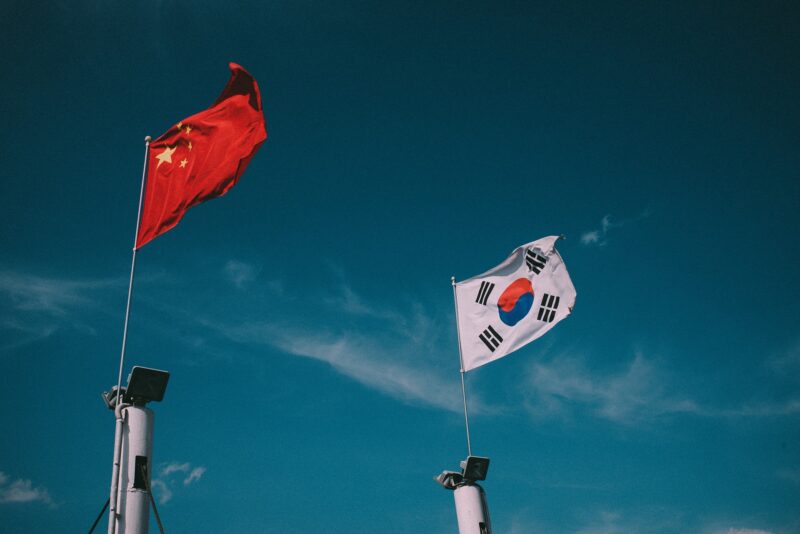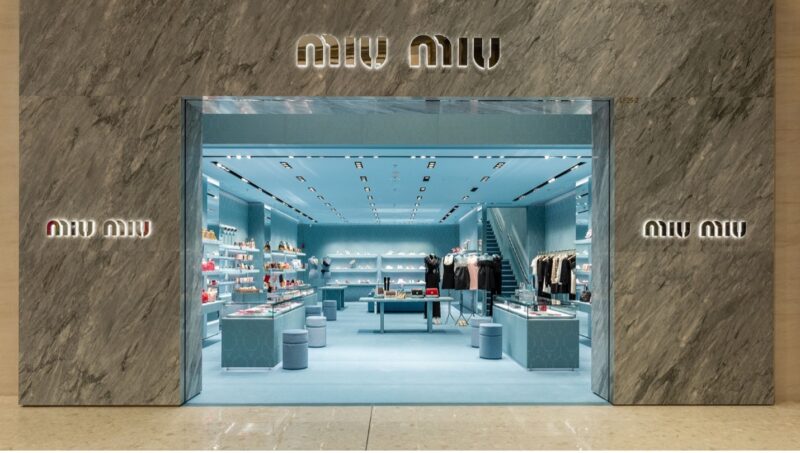The new Korean drinking culture: More low-alcohol drinks and hangover cures

The Korean drinking culture is changing, with young consumers moving away from traditional beer and soju centered gatherings toward lighter, fruitier, and more accessible beverages that better align with their health-conscious lifestyles. This shift is encouraging alcohol brands to develop low-alcohol, zero-sugar options and adopt marketing strategies that resonate with younger audiences. Read our Korea […]
Beyond taste: How China’s snack market reflects sociocultural values

In Chinese, the word for snack is “点心”, which literally translates into “touching the heart”. Such reflects the integral role of snacking and snack foods in the lives of Chinese, a historical phenomenon persevering into the present day. Beyond simply purchasing for taste and satiation, consumers snack as a larger movement to participate in social […]
Comparing South Korea’s Hallyu and China’s Guochao

In today’s globalized world, the influence of culture and trends from different countries has become increasingly prominent. Two noteworthy phenomena, Guochao in China and Hallyu from South Korea, have influenced consumption choices of luxury, food and beverages, fragrances, and many other goods and services. Recognizing this influence, many brands have actively embraced and leveraged Guochao […]
The next growth engine: pragmatic, hometown-proud lower-tier city consumers in China

As of November 2025, 55-65% of China’s population of 1.4 billion live in third-tier cities and below. Contributing to 40-50% of the country’s GDP and with rates of per capita disposable income growth outpacing that of high-tier city consumers, and increasing leisure time, lower-tier city consumers in China pose a significant opportunity for expansion for […]
The rise of “dupe confidence” in China: Smart spending as a new badge of honor

Once dismissed as cheap imitations, dupes in China, affordable alternatives to expensive branded products, have evolved into a powerful cultural and consumer movement. The shift reflects not only changing economic conditions but also a transformation in how Chinese consumers define value, intelligence, and self-expression through spending. From shame to pride: The emergence of “dupe confidence” […]
The MZ Generation is becoming less trend-sensitive and more self-driven

The MZ Generation (MZ세대), a term used only in South Korea, refers collectively to Millennials (born in the 1980s to early 1990s) and Generation Z (born in the late 1990s to mid 2000s). Unlike in other countries, young consumers are often grouped together. While this grouping doesn’t fully capture the complexities of each generation, they […]
Double 11 2025: The new era of simplified promotions, instant retail, and AI

Launched by Alibaba Group on 11 November 2009, the shopping festival was initially designed to boost sales during the low-season interval between China’s Golden Week and year-end holidays. Over time, the event grew not just in scale but in strategic importance. As such, the role of Double 11 2025 has shifted from being simply a […]
Men’s fashion in China: From functionality to identity expression

In the early 2000s, men’s fashion in China was largely functional. With relatively low per capita GDP, most men dressed modestly and followed Western formal aesthetics, often choosing suits as the standard for modernity and respectability. However, as the economy grew and disposable income increased, men began to explore fashion as a means of self-expression. […]
Brewing growth beyond the metropolises: How coffee and milk tea are winning China’s emerging-tier cities

As coffee and milk tea brands saturate China’s first- and second-tier cities, beverage players are finding their next growth frontier in emerging-tier markets. Emerging-tier cities (tiers 3–5), home to over 70% of China’s population, are now driving new consumption patterns shaped by affordability, social media influence, and shifting lifestyle aspirations Competitive landscape While the top-tier […]
The Korean snack market is evolving, challenging legacy brands and opening doors for foreign brands

In 2024, the total snack sales were KRW 1.7 trillion, a slight 0.05% year-over-year decline. Even though the overall industry remains stagnant, performance varied by brand. Private-label snacks dropped 3.2% to KRW 103.3 billion, while “other brands” – those that are new/emerging, limited-edition, and imported – experienced a 0.5% year-over-year growth and make up over […]
Olive Young in South Korea, a health and beauty store leader, goes global

In South Korea, Olive Young is the undisputed health and beauty retailer – not only outperforming Sephora, which eventually left Korea in 2024, but also local retailers owned by beauty giants like Lalavla of GS retail. It has become the go-to beauty store not only among Koreans but also among tourists. In 2024, it recorded […]
Miu Miu’s strategy in China: Winning China’s Gen Z through its rebellious aesthetic

At the heart of Miu Miu’s strategy in China lies its understanding of young consumers. Miu Miu has transformed from a sub-line of Prada in China into one of the country’s most coveted luxury brands. It rode with the post-pandemic market rebound and Gen Z driven trends. In just a few years, Miu Miu connected […]

